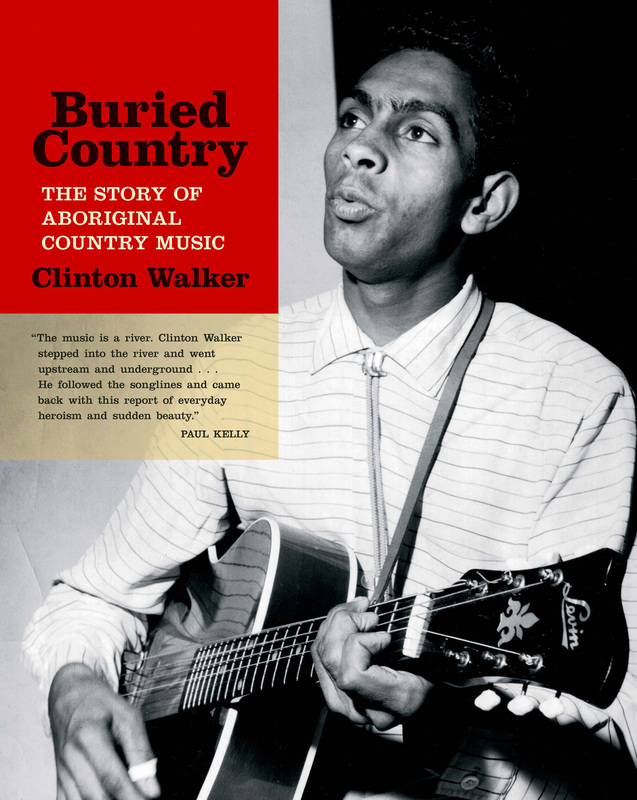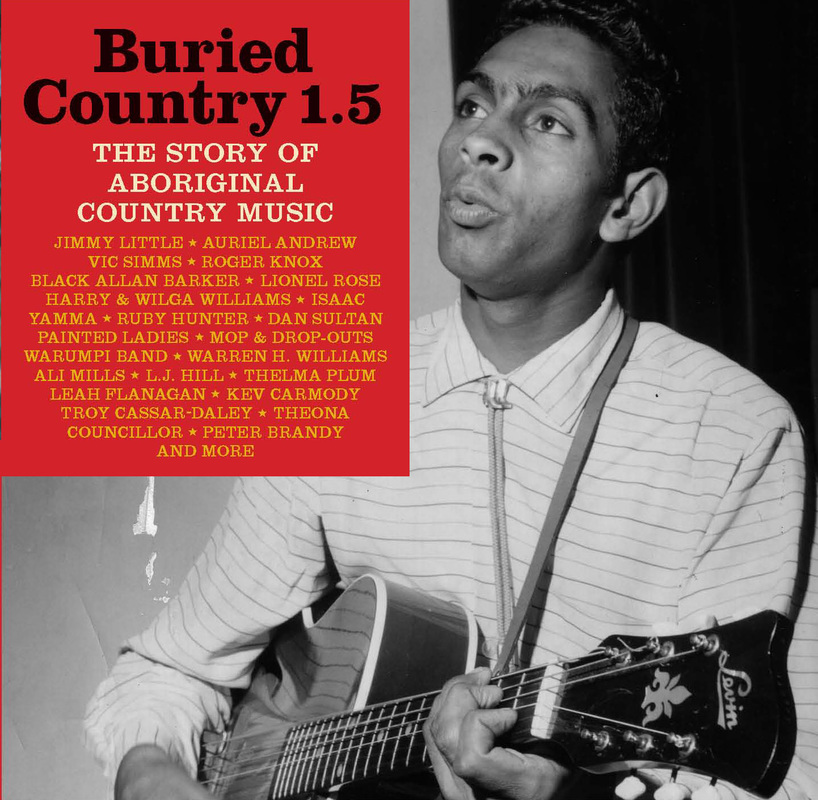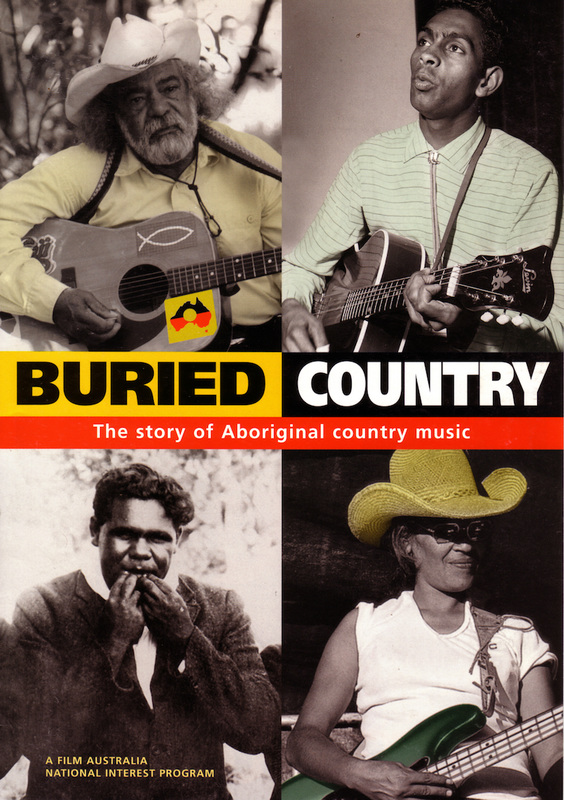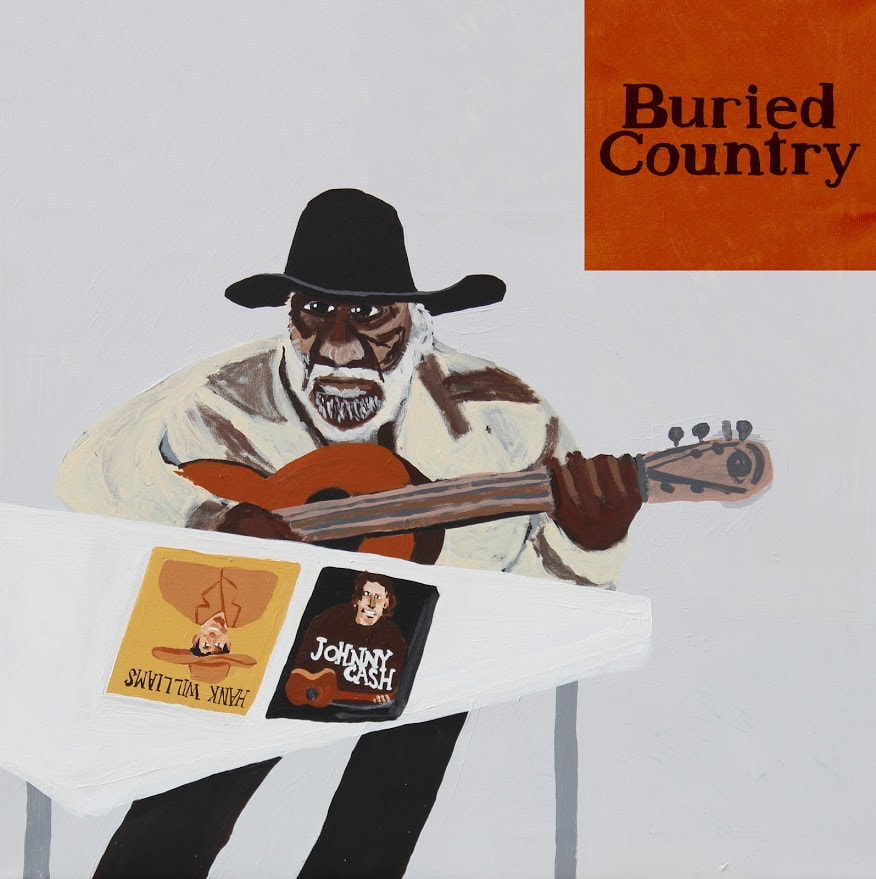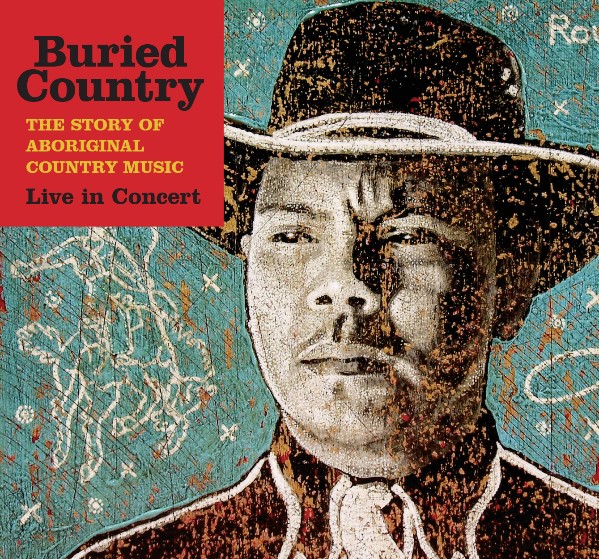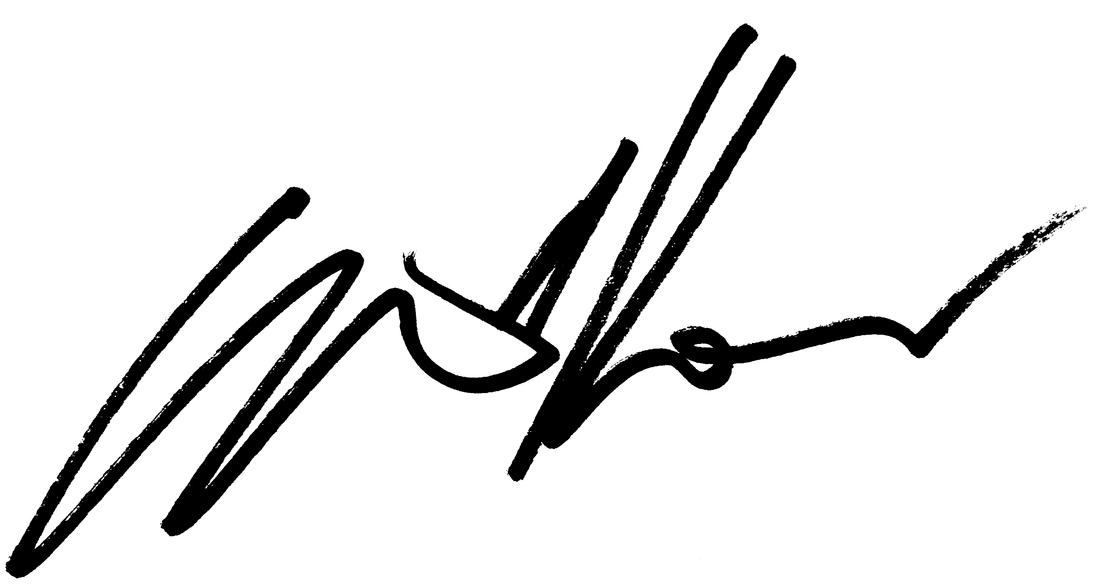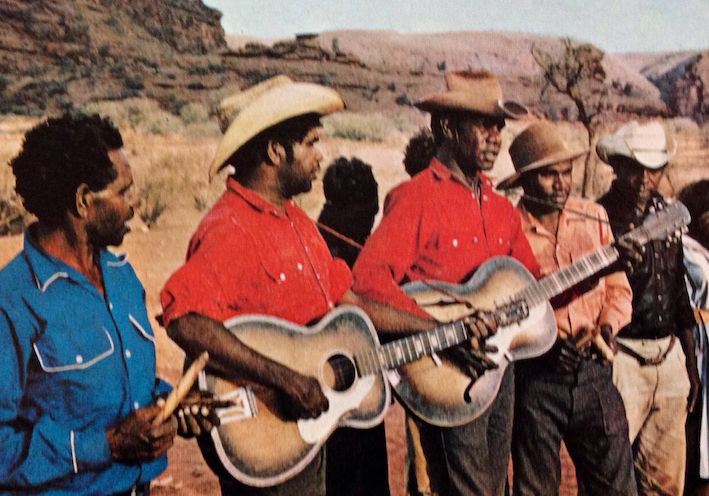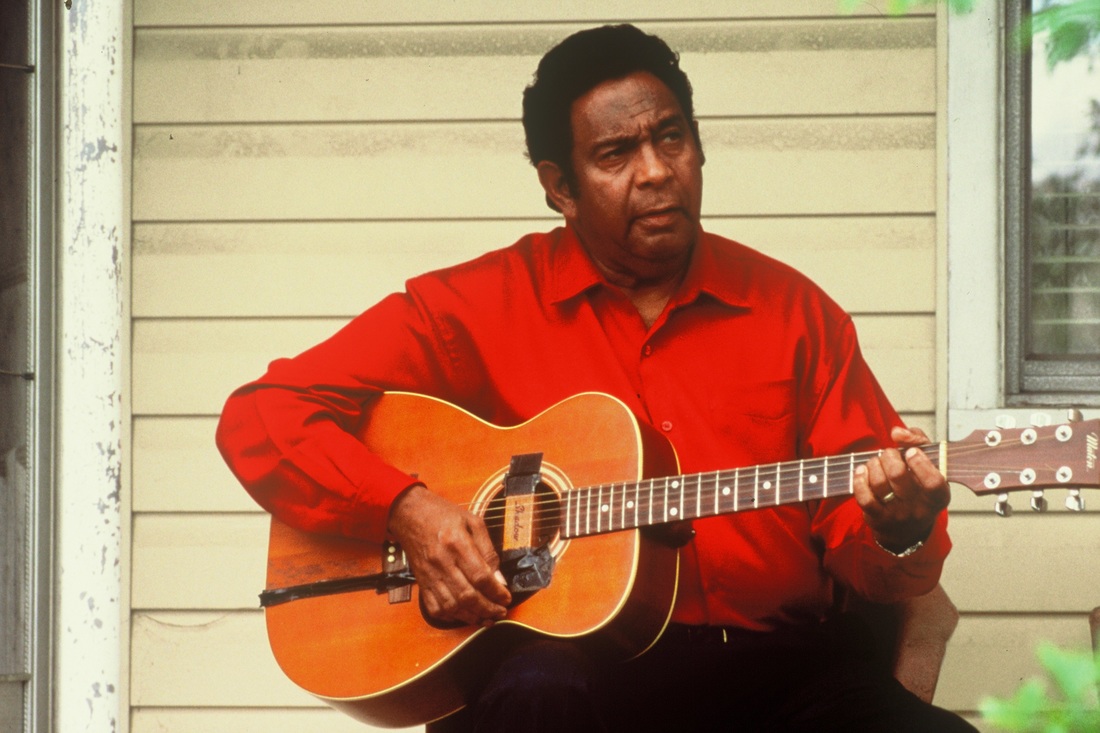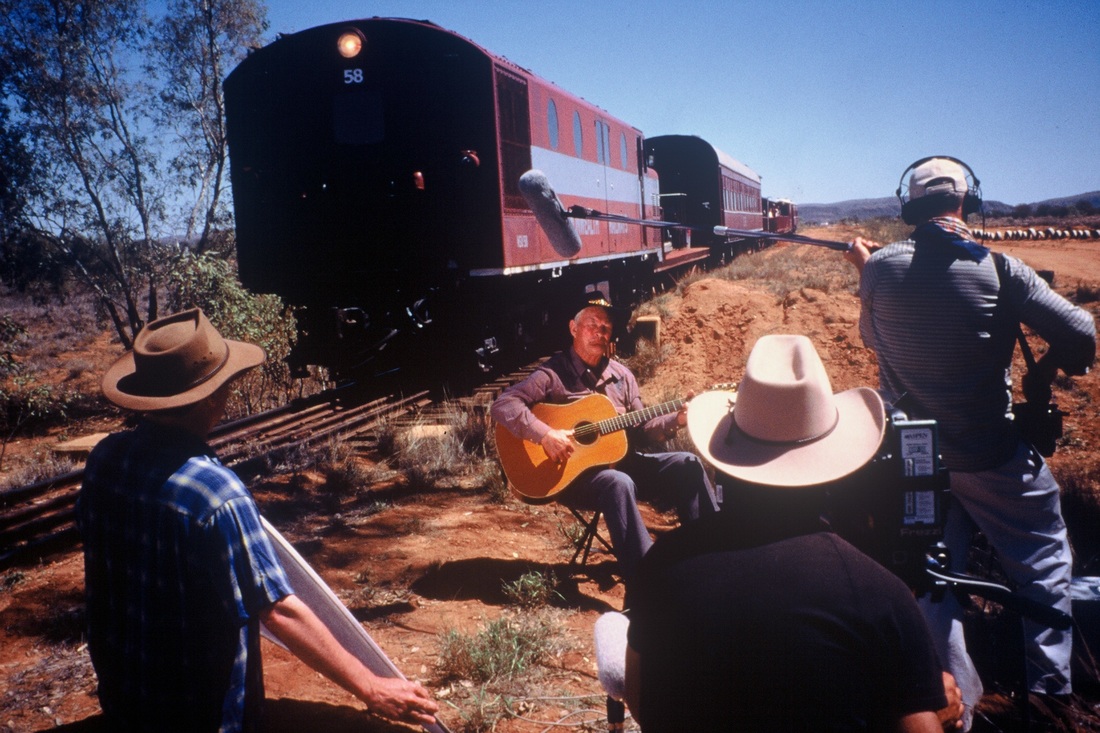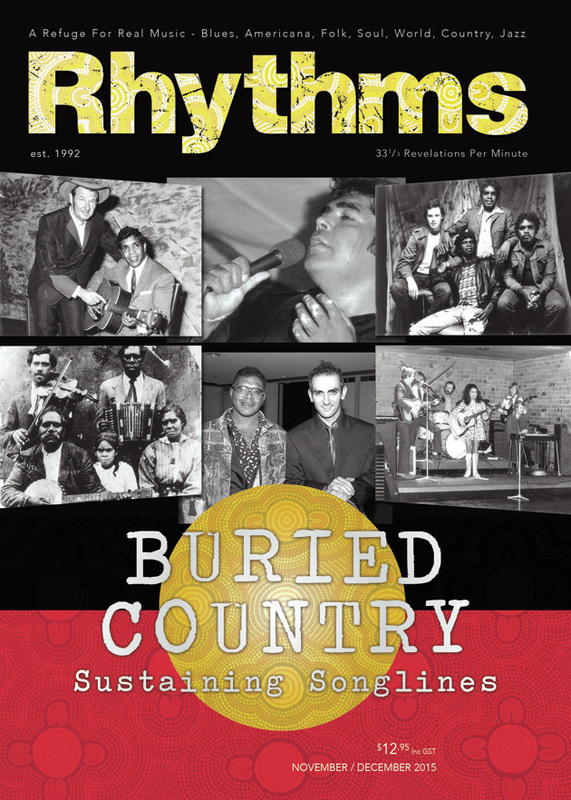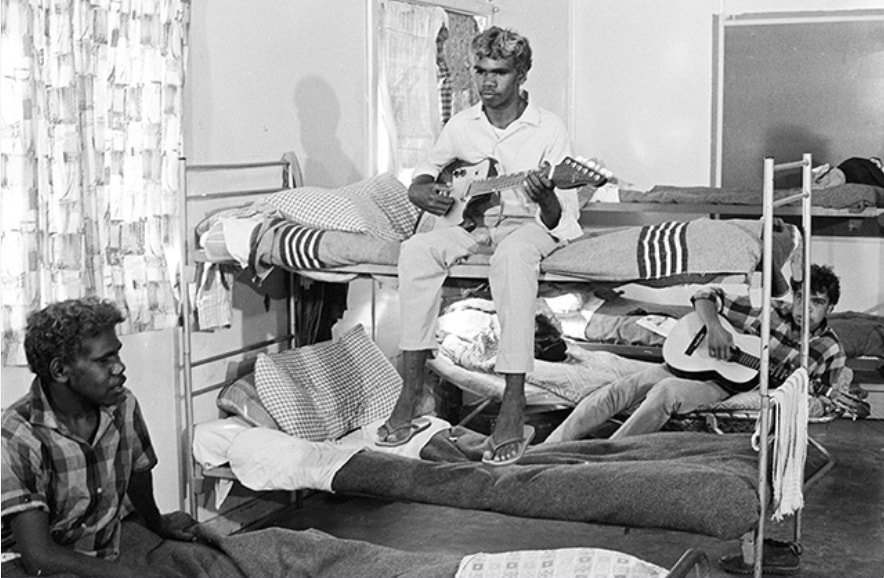ABOUT BURIED COUNTRY(.COM.AU)
|
Today, as the second, expanded edition of Buried Country reaches print, very few of the sixteen musicians whose stories form its backbone are still living, but the book’s true significance is at last becoming clear Nicolas Rothwell, the Australian, 2015 (read in full here) Like many of Walker's projects, Buried Country was at least a decade ahead of its time Martin Jones, Rhythms, 2015 Australia has yet to put together anything as monumental as Harry Smith’s Anthology of American Folk Music, but Buried Country might be as close as we’ve got to date ... Moving and timely in the extreme, it is an education and a real pleasure Jason Blake, Rolling Stone, 2000 |
|
So well researched, so thorough, so deep, so very important Vinyl Frontier, ABC Radio National, 2015 (in full here) If you think Buried Country sounds like worthy stuff, but perhaps a little boring, think again. A delight rather than a chore, this music is alive with heart and wit Tim Byron, Sydney Morning Herald, 2015 (read in full here) Loving but unflinching Barnaby Smith, Bunyip Voodoo, 2015 (read in full here) |
|
When it first came out in 2000, Buried Country wasn’t just groundbreaking in terms of its content – the story: the secret history of Australian Aboriginal country music – it was also groundbreaking in the way it crossed media, (its synergy, as they say) between a book, a film and an album. Buried Country pulled together a sweeping three-pronged master-stroke, and over the years following its release, became greater than the sum of its formats, seeming to take on a life of its own, even as the book and CD fell out of print…
In 2015, after the book and the CD returned to print, Buried Country was reborn – going from cult classic to a ‘masterwork’, as the Australian Book Review put it in its 2015 Books of the Year list – and in 2016 the momentum redoubled again when it got up onto the stage as a touring ‘Live in Concert’ show. Starring the stars of Buried Country performing just some of its greatest hits, the show made its world premiere at the Playhouse in Newcastle in August 2016, and played a couple more gigs towards the end of the year at the Melbourne Festival and Dubbo Artlands, before carrying on doing more shows through 2017. But it was never quite the same after the death of the incomparable Auriel Andrew (see here), and in early 2018 it played its last gig, at Tamworth, back where it started out getting workshopped in the first place. More recently, after the BC album came out in a vinyl LP version in late 2018 and quickly sold out its pressing run, Undercover Music has started work towards a digital iteration. For me, Buried Country wasn’t just the story of a lifetime that any writer would be humbled to have lit upon, it changed my life. In the foreword Paul Kelly originally wrote for the first edition of the book back in 2000, he said I “stepped into the river.” Well, I’ve gone on with plenty of other things in my time, but I’ve always had one foot in that river – and very often it's felt like both, and boots’n’all! Join us in the ride... |
|
This site proffers pages on the holistic four dimensions of Buried Country – the book, the film, the album and the roadshow, with a clear distinction between the book and CD album editions of 2000 and 2015, and then the vinyl LP of 2018. And though copies of the latter LP have now sold out, the 2015 editions of the book and the CD are available through this site here (although sadly the NFSA [Australia's National Film & Sound Archive, which currently holds the copyright on the film] has withdrawn the film from its catalogue in an act that is in complete contravention of its mission statement "to collect, preserve and share Australia's audiovisual culture). |
|
Buried Country traces new pathways into the songlines and stories of a hidden and resonant Australian musical history
Sophie Best, the Age, 2000 Each version of Buried Country contains its own unique revelations, adding up to a major reference work Bob Howe, Murri Views, 2005 Buried Country is a stone-cold masterpiece. It completely changed the way I think about culture, history and music. I read it and heard it for the first time 15 years ago, and it still affects my life in profound ways today Toby Martin, Yodelling Boundary Riders/Youth Group, 2016 |
|
It was hard not to feel bittersweet about Buried Country’s rebirth sixteen years after it was first born. As Rhythms magazine said in a cover story on the new book/CD editions in 2015, “Like many of Walker’s projects, Buried Country was at least a decade ahead of its time.” But it would be churlish to bemoan the conservative reticence of the mainstream, like complaining an apple isn't an orange. What writer, after all, wouldn’t be delighted that any old backlist item came back to life like this? I have my theories as to why it seems to make more sense now than it did sixteen years ago. Sixteen years ago in 2000, Australia (obviously) still wasn’t quite ready for it. The 1988 bicentennial of white settlement or invasion catapulted black Australia into the spotlight, but like 1967, still didn’t change a lot. The liberal-aspirational middle class supported reconciliation as did the cultural gatekeepers who gave positive discrimination towards Aboriginal arts, which in turn set an agenda (in other words, the festivals circuit), which was patronised by the liberal-aspirational middle-class - but the condition was that those Aboriginal arts had to fit into established white-Western highbrow modes, and so that meant lots of paintings in galleries and plays and dance companies performing in legitimate theatres; film-making was coming up the rear; it was the beginnings of all these modern urban forms for new black Australia. Never mind though that as Buried Country made plain, when a whole new wave of singer-songwriters like Kev Carmody, Archie Roach and Ruby Hunter (in part spurred by the Bicentennial) started making a noise that was heard at least by fans of folk and world music in the 90s, it was but merely the consummation of or a breakthrough for the by-then already very long Aboriginal impetus in popular music, which was dominated by the country tradition. When the highbrow elites, the ruling class, who’d always feared and loathed popular music and especially country music, had to try and come to terms with contemporary Aboriginal music, they still refused to go back to its roots in country. When they started to hanker for some sort of acknowledgement or understanding of its history, productions from the mid-2000s like the Black Arm Band and Cannot Buy My Soul paid tribute to the personal/artistic history of the immediate generation at hand, ie that 90s’ generation of Kev, Archie and Ruby as just mentioned. Not that the BAB and Cannot Buy My Soul weren’t both brilliant, but it was as if they were leapfrogging the deeper history or prequel before them. What changed after that, I think, can be summed up in one fairly odious word – Americana. When country music became inner-city hipster fodder in Australia as it did all round the world as of about the early 2000s - an acoustic reaction against the digital bland-out of corporate globalism (not to mention the dead end of indy/alt.rock) - even the crusty old highbrows had to accept that not all country music was necessarily redneck-evil. 'Americana', or what I prefer to call the neo-roots movement, created a space, a stage, onto which young Aboriginal artists, with so much heritage in the storytelling songs of country music, could stride with confidence. Which meant that not only the tradition but also its on-going vitality (it never went away, after all, especially in the bush) had to be accounted for. Which is where Buried Country comes in… |
|
Another thing that’s changed since Buried Country first came out is that more than half its cast of just over a dozen major characters have died, including Jimmy Little, Lionel Rose, Bobby McLeod, Bob Randall, Gus Williams, Herb Laughton, Black Allan Barker and Ruby Hunter, and very much more recently, Auriel Andrew. It’s only fitting, then, that this second or maybe even third coming is dedicated to them. Long may their voices reverberate… |
|
If the chardonnay set stopped playing their copies of The Buena Vista Social Club long enough they might find something happening in their own back yard of at least the same interest and of inestimably more relevance to where this country has been and where it is headed
Keith Glass, Rhythms, 2000 While historians were digging through dusty archives, researching the spate of forthcoming books on what really took place on the Australian frontier, Walker was in it, on the road, out in country, in communities, town camps, small towns and suburban back yards, interviewing the legends of Australian Aboriginal country music, gathering the ‘songlines’ and joining the dots Annette Hughes, Newtown Review of Books, 2015 (see full review here) Buried Country is a powerful collection of resources. Every school, every library, should have these resources. McKenzie Wark, the Australian, 2000 (see full review here) |
